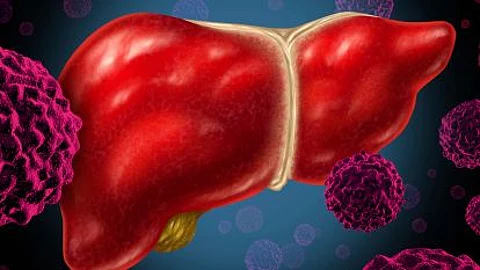Treating liver cancer tumors to shrink them in order to allow the patient to qualify for a liver transplant leads to excellent 10-year post-transplant outcomes, according to new Mount Sinai research published in JAMA Surgery. The results validate current national policies around transplant eligibility.
Selection of patients with Hepatocellular carcinoma (HCC), the most common form of liver cancer, for transplant has been guided for more than two decades by standards known as the Milan criteria. The Milan criteria state that transplantation should be performed in those with a single tumor of five centimeters or less in diameter or three tumors that are each three centimeters or less in diameter, have no macrovascular invasion, and no metastasis. Over time, the rising incidence of HCC and mortality rates in the United States have led to refinements to the selection policy, shifting the focus to guidelines that also incorporate tumor biology, response to bridging therapies, and waiting times for patients within and beyond the Milan criteria.


